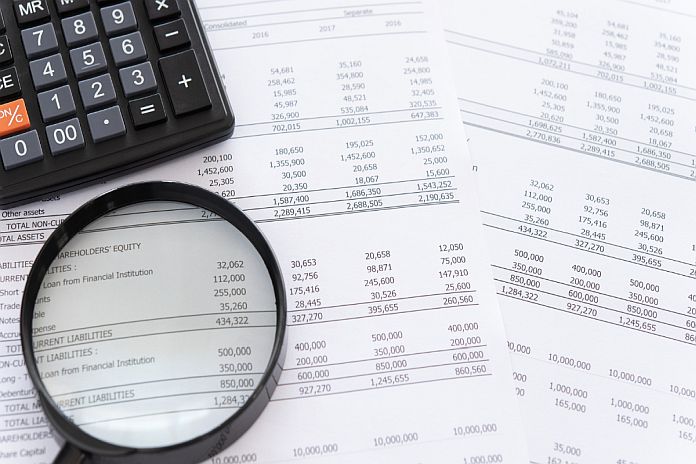GENEVA, Switzerland – The first measures of illicit flows from crime have already been calculated in Latin America, and pilots are being extended to Africa and Asia and the Pacific.
UNCTAD and the United Nations Office on Drugs and Crime (UNODC) have finalized a conceptual framework for the statistical measurement of illicit financial flows (IFFs).
The framework is the result of extensive expert consultations held in 2017-2018 and reflects the thorough considerations of an international task force in 2019-2020 involving international organizations and national tax, customs and statistics experts.
“This is a major achievement in the work to combat illicit financial flows and a big step towards better transparency”, UNCTAD chief statistician Steve MacFeely says. “We cannot tackle IFFs without statistics that help us understand the magnitude, channels and types of IFFs.”
Every year, organized crime, trade in illegal goods, and illegal or illicit tax and commercial practices generate billions of dollars in illicit flows. This includes proceeds of crime that are channelled abroad, often to safe-havens. These funds may also be laundered and reinvested in legal markets, or they may originate in the legal economy and be illicitly transferred abroad.
Angela Me, UNODC’s chief of research and trend analysis, highlights the importance of inter-agency collaboration when addressing tricky development issues like IFFs.
“Illicit funds that are moved across countries secretly divert significant amounts of resources with harmful effects – these funds are a drain on measures to improve living conditions and tackle poverty.”
Me says IFFs make larger the significant funding gap for the work needed to achieve the 2030 Agenda for Sustainable Development.
Many of these flows are deliberately hidden, making their measurement extremely difficult. IFFs are complex and can originate in various activities. The framework identifies four main types of activities that can generate IFFs: 1) illicit tax and commercial activities; 2) illegal markets; 3) corruption; and 4) exploitation-type activities and financing of crime and terrorism.
“Now, for the first time, we have an agreed-upon definition of illicit financial flows for statistical measurement,” MacFeely says.
He adds that it’s important for official statisticians to take the lead in measuring IFFs because they can provide objective, independently produced and comparable information on IFFs to guide policymaking.
“Next, we will prepare guidance for pilot countries to help them assess the types of IFFs relevant in their context, review data availability and select best methods to measure IFFs in line with the conceptual framework,” MacFeely says.
The first measures of IFFs from crime have already been calculated in Latin America jointly with UNODC, and now pilots are being extended to Asia and the Pacific with the UN Economic and Social Commission for Asia and the Pacific and to Africa with the UN Economic Commission for Africa.





